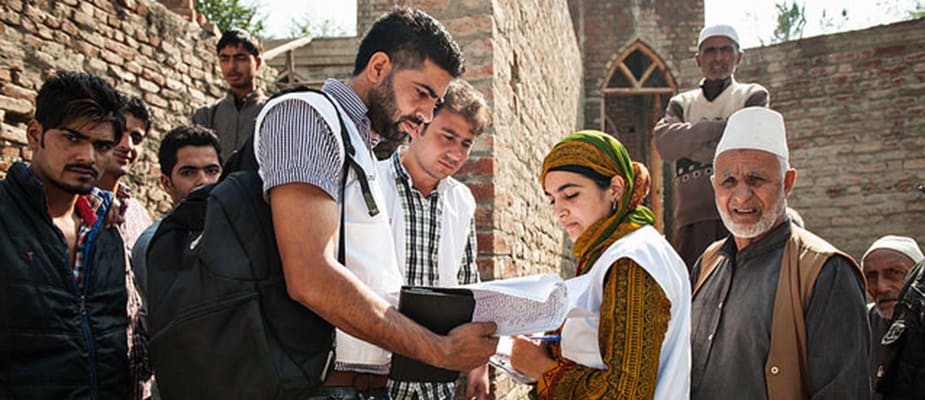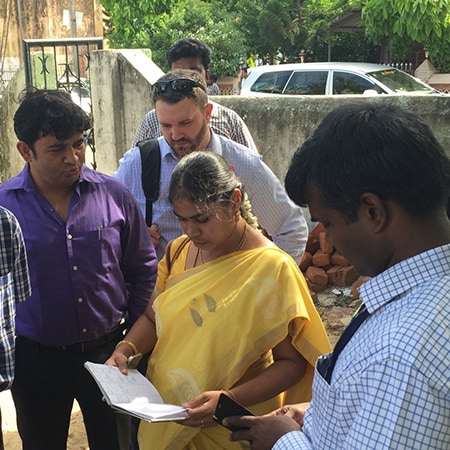Workforce Development
Empowering a public health workforce to prevent, detect, and respond to disease threats

- Outbreak responders
- Surveillance officers
- Laboratorians
- Epidemiologists
- Health communicators
- Veterinarians
- Public health managers
- Senior government public health officials
- Public health students
The ongoing success of DGHP-supported training and workforce development programs and activities has fostered strong, mutually beneficial relationships with ministries of health and other global partners. We work with experts in different sectors to cover all aspects of global health security, building a robust network of professionals who are prepared to respond to the next public health threat.
In a crisis, the most important asset a country can have is people who know what to do. The world relies on skilled workers at every level to protect our health, recognize risks, and make effective decisions when disease or disaster strikes. The Division of Global Health Protection (DGHP) trains a dedicated workforce to create a strong foundation for global health security.
DGHP’s activities to train the workforce cover all the primary functions needed to prevent, detect, and respond to public health threats, regardless of the cause:
DISEASE SURVEILLANCE
To monitor disease levels and detect potential outbreaks early
LABORATORY SYSTEMS
To rapidly and accurately diagnose disease causes
PREPAREDNESS
To prevent small outbreaks from turning into epidemics or pandemics
OUTBREAK INVESTIGATION
To identify, track, and contain the spread of disease
EMERGENCY MANAGEMENT
To efficiently and effectively coordinate response efforts
LEADERSHIP AND MANAGEMENT
To solve public health challenges by translating science into action
We are experts in strengthening the public health workforce, sharing valuable knowledge and expertise to develop a sustainable resource for the future.
Through partnerships that reach across CDC and internationally, we help people gain the ability to recognize, understand, and stop health threats at the source. We offer a diverse portfolio of formal and informal training programs and activities that take flexible approaches and use innovative and hands-on methods. People trained by DGHP learn how to solve urgent challenges facing their countries and often serve as leaders in vital public health programs.
By The Numbers

19,000+
Disease detectives trained through DGHP-supported Field Epidemiology Training Programs since 1980

30+
Countries supported in developing or strengthening their National Public Health Institute since 2011

400+
Students trained through the Complex Humanitarian Emergencies Program since 2012

167
Public health managers trained to improve efficiency and effectiveness since 2015

Daniel Brencic and Dr. Rajeev Sharma (CDC-India) discuss a surveillance project in India.
Because a disease threat anywhere is a health threat everywhere, we need an international workforce that is ready and able to handle any public health challenge. DGHP programs and activities train professionals responsible for improving health and taking the lead in emergencies. We use these programs and activities to create strong links between the public health workforce and broader public health systems, teaching skills that address any country or program-prioritized health issues. Through continued collaboration, we advance global health security to keep America and the world safe and secure from disease threats.
DGHP strengthens the public health workforce through a variety of programs, including:
Active Programs
- Complex Humanitarian Emergencies Program
- Field Epidemiology Training Program
- Global Health Security Agenda
- Global Noncommunicable Disease Program
- Global Rapid Response Team
- Improving Public Health Management for Action Program
- National Public Health Institutes Program
Recently Retired Program
Read our stories about workforce development:
Learn through our workforce development infographics: